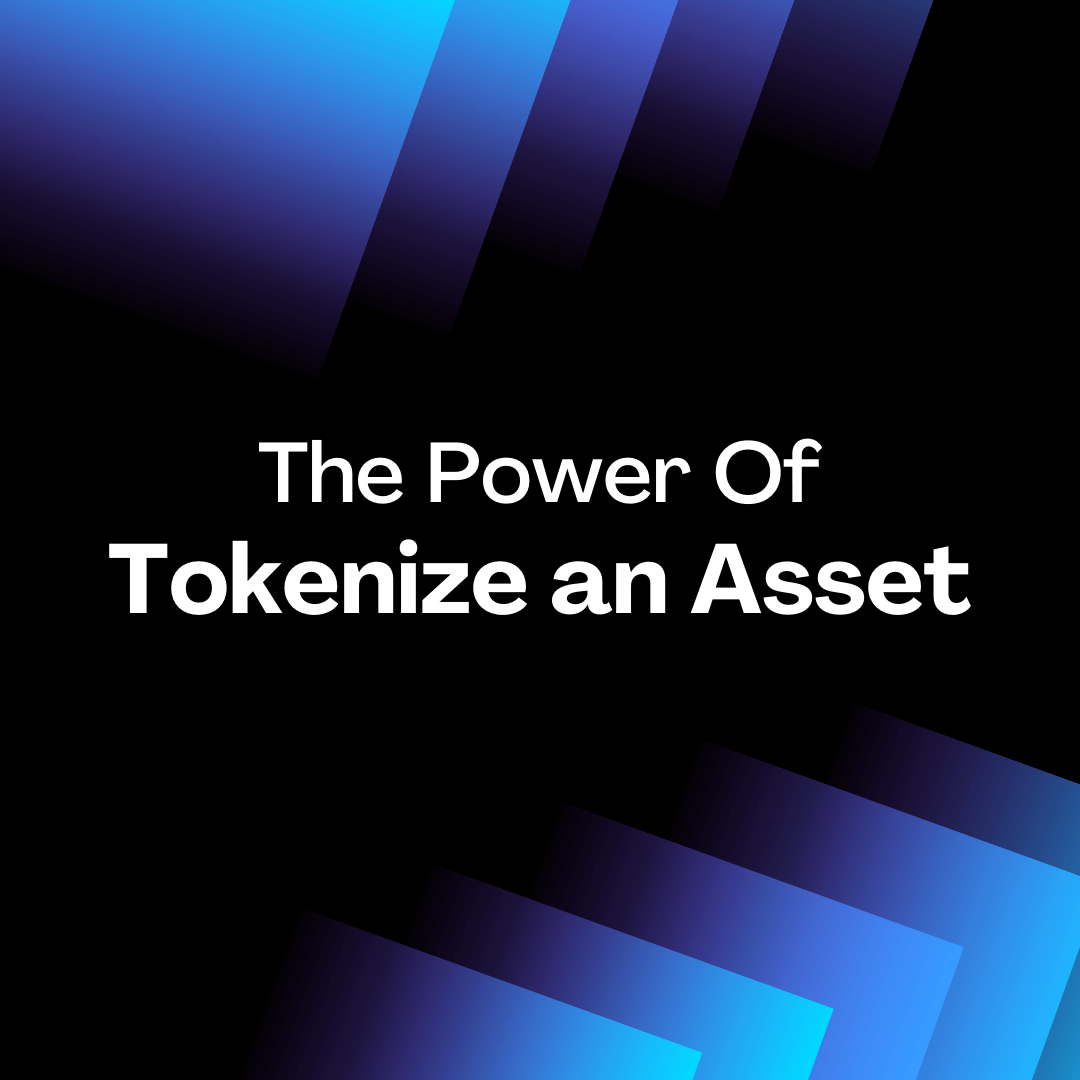Creating a digitalized horse racing NFT game like Zed Run with Zed Run Clone script is an exhilarating venture that combines gaming, blockchain technology, and the appeal of NFTs(Non-Fungible Tokens). Here is a step-by-step guide to assist you in developing such an NFT Game:
Step 1: Plan Your Game
Conceptualize Gameplay
- Determine how players will interact with the game. Include activities such as horse racing, trading, breeding, and upgrading horses.
- Decide on unique features to differentiate your game from Zed Run (eg: weather effects, skill-oriented gameplay, or interactive race spectating).
Set Goals
- Establish clear goals for players such as building a successful stable, earning rewards, or competing in tournaments.
Choose the Blockchain
Select the blockchain platform for your game. Popularized options include Ethereum, Polygon (Matic) for scalability or Solana for lower transaction fees.
Step 2: Design the Game Architecture
NFT Design for Horses
- Create unique, algorithmically generated digital horses with traits such as speed, stamina, and temperament.
- Each horse should have distinct stats and rarity levels to make them valuable as NFTs.
Smart Contracts
- Develop smart contracts for:
1. Ownership: Ensure players truly own their horses.
2. Breeding: Set rules for combining traits from two horses to create offspring.
3. Racing: Create fair and transparent race mechanics with Random Number Generator (RNG) or skill-based outcomes.
Game Mechanics
- Race Mechanism - Automate races using algorithms that consider horse stats, track conditions, and RNG.
- Breeding System - Permit players to breed horses to create new ones with unique traits.
- Marketplace - Permit players to buy, sell and trade horses as NFTs.
Step 3: Build the Game
Develop the Frontend
- Create a visually appealing user interface (UI) for players to interact with their stables that participate in races, and browse the marketplace. Use technologies such as React.js, or Vue.js
Build the Backend
- Host race simulations, manage user data, and connect with blockchain networks using frameworks such as Node.js and Express.js.
Integration of Blockchain
- Utilize tools such as Web3.js, Ethers.js, or Solana.js to connect the game to the blockchain.
Graphics and Animations
- Create stunning visuals for horses, tracks, and races using 3D modeling tools such as Blender or Unity.
Step 4: Test Thoroughly
Functional testing
- Test all the features such as breeding, racing, and trading for bugs.
Smart Contract Audits
- Get your smart contracts audited by proficients to ensure they are secure and free of vulnerabilities.
Beta Testing
- Invite a small group of players to test the game and offer feedback.
Step 5: Launch Your Game
Initial NFT Sale
- Sell a limited number of horses as NFTs during the launch to generate buzz and funding.
Go Live
- Launch the NFT game on your selected blockchain platform.
Promote your Game
- Market your Game via social media, partnerships, and gaming communities.
- Host tournaments, special events, or giveaways to attract players.
Step 6: Expand and Improve
Add New features
- Introduce New game modes, additional horse traits, or interactive elements.
Community Engagement
- Gather feedback from your players and involve them in the game's evolution
Updates and Maintenance
Regularly update the game with bug fixes, enhancements, and new content to keep players engaged.
By following this guide, you can create a compelling and successful digital horse racing NFT game like Zed Run with Zed Run clone script that ensure your game provides a seamless, exciting and rewarding experience for players while leveraging the power of blockchain technology.



Write a comment ...